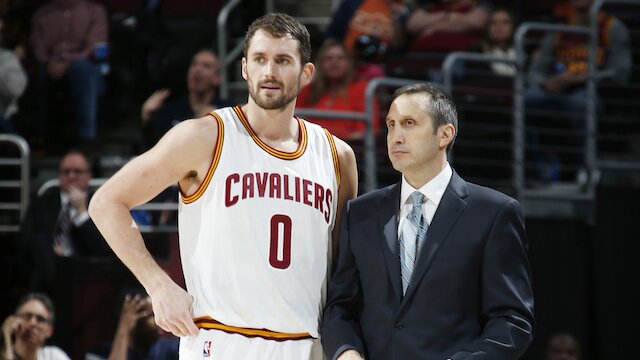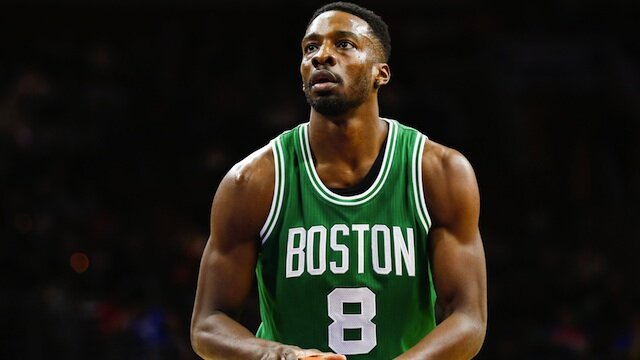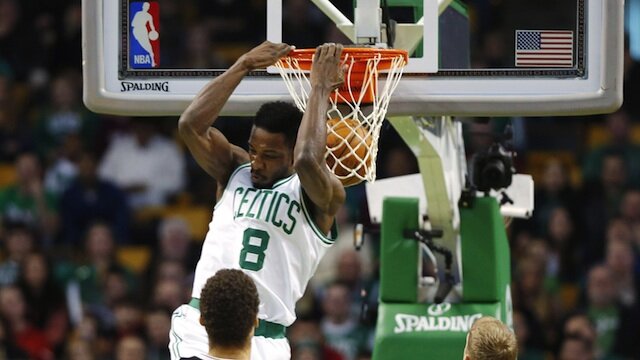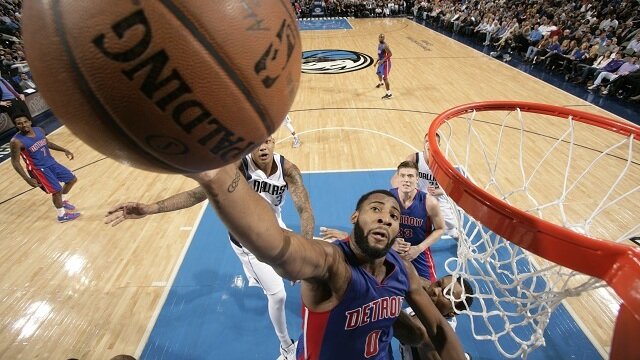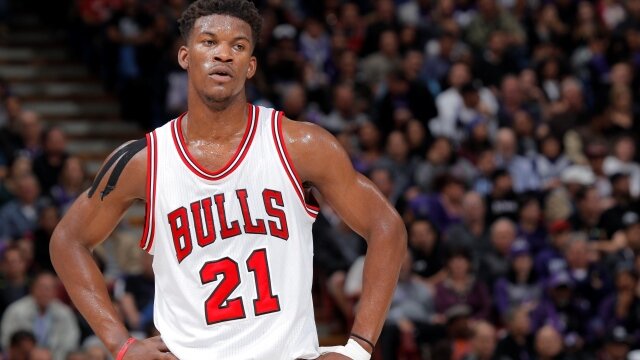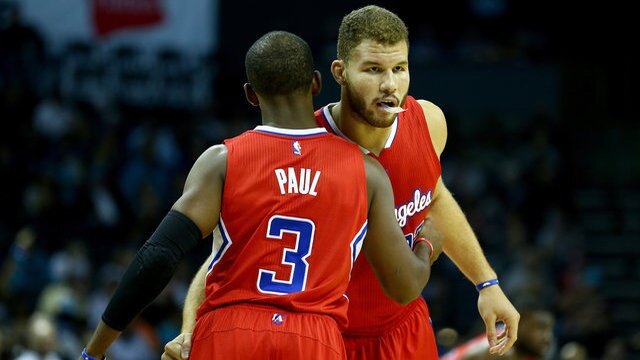The Los Angeles Lakers: What Could Have Been
The year 2012 was a tumultuous time in the NBA, and especially for the Los Angeles Lakers. The players and owners were fresh off of a brutal slugfest in order to ratify the new collective bargaining agreement, shaving nearly two months of basketball off of the 2011-2012 season. The Lakers were still reeling from David Stern’s unprecedented decision to veto a trade that would have sent them Chris Paul. Phil Jackson had just announced his acrimonious departure from the organization, and Mike Brown was now leading a team that had been under Jackson’s leadership for 12 seasons.
The Lakers did make it to the playoffs on the backs of Kobe Bryant, Pau Gasol and their newest rising star, Andrew Bynum, but were ousted with relative ease in the second round by an up-and-coming Oklahoma City Thunder team. Following a second straight early exit, the Lakers were at a crossroads of sorts in their team’s history. Sure, they had won five championships since 2000, but in the eyes of the organization, change was necessary.
Most people remember the Lakers’ big move of the 2012 offseason as bringing in Dwight Howard for what, in retrospect, was not much more than a song. They gave up Bynum in the deal, and he has since fizzled out of the league. Josh McRoberts and Christian Eyenga were also included. McRoberts has gone on to have a solid, but unspectacular career, but Eyenga never played another minute in the NBA.
Looking back, even considering the turmoil that Howard brought to the Lakers organization, it was a solid deal that is hard to question. But, it was the other big move made that summer that has sent this organization to the gutters of NBA respectability, and turned them into the laughing stock they have become.
In July of 2012, Steve Nash was no longer in the future plans of the Phoenix Suns, and he was actively trying to negotiate his way out of town. He had offers on the table from the New York Knicks and the Lakers, the latter of which he ultimately accepted due mostly to the proximity of Los Angeles to his family’s residence in Phoenix. In a sign-and-trade deal, the Suns sent Nash to the Lakers, and in return the Suns received four draft picks (two first-round picks and two second-round picks) and cash considerations.
Three of those four draft picks have already played out in the 2013 and 2014 drafts. In 2013, The Suns selected Nemanja Nedovic, a Serbian point guard who was traded to the Golden State Warriors on draft night, and Alex Oriakhi, who was included in the deal for Isaiah Thomas this summer, but has yet to make an NBA roster. In 2014, the Milwaukee Bucks used the second-round draft obtained in a trade with Phoenix to select Johnny O’Bryant, a center out of LSU, who made the Bucks’ final roster this season. The fourth and final pick is a protected 2015 first-round pick, which could turn out to be valuable if the Lakers don’t land a top five pick.
Clearly it isn’t the draft picks they gave up that have come back to bite them. Rather, it is the money they have invested in Nash — $28 million — that has handcuffed this franchise, rendering other notable moves nearly impossible over the past two offseasons. Oh, and, over that time period, Nash has only managed to play in 65 games, having fallen victim to deteriorating nerves in his back.
With this year’s Lakers off to an 0-5 start, and with no reason to believe any meaningful improvement will occur, I think the Nash deal can officially be called one of the worst failed trades in sports history. Rather than bash Nash for his inability to stay on the court, despite his willingness and ability to absolutely crush a golf ball, let’s take a look at what could have been for the Lakers had they decided to go in a different direction. For the purposes of this exercise, we will assume that any alternative moves would have preempted a trade for Howard. Remember, this is a what-could-have-been exercise.
Free Agency
At the time the Lakers completed the deal for Nash, plenty of other really good free agents were on the market and up for grabs. The most notable free agent at the time was Deron Williams, who ultimately decided to sign with the Brooklyn Nets as a result of their ability to sign him without the need for a sign-and-trade, as the Lakers would have needed. In the end, the Nets weren’t interested in any package involving Gasol or Bynum, and instead decided to rest their laurels on the promise of Brook Lopez.
Also on the market at that time were Goran Dragic, Nicolas Batum, Roy Hibbert and Ray Allen. Of these four, Dragic and Hibbert are clearly the most attractive, although Batum and Allen could have been incredibly attractive complementary pieces on a potential championship team.
Dragic wound up signing a four-year, $30 million deal with the Suns, who brought him in to replace Nash ironically enough. That’s an average of $7.5 million per season, an amount lower than what the Lakers paid Nash. Hibbert wound up re-signing with the Pacers on a four-year, $58 million deal, which averages out to about $14.6 million per year. For context sake, Howard made $19.5 million in the final year of his second deal, which was played out in his initial year with the Lakers. Assuming for a second that the Lakers could have figured out a way to maneuver through the financial intricacies of these deals, signing Dragic and Hibbert would have amounted to a $6.7 million savings for the 2012-13 season.
Draft
In May of 2012, the Lakers traded forwards Luke Walton, Jason Kapono and a 2012 first round pick to the Cleveland Cavaliers in exchange for Ramon Sessions and Eyenga. It seemed like a fairly innocuous deal at the time, but the players that were still available when the Cavaliers picked at 24 in the 2012 draft, with the pick they received from the Lakers, adds another layer of regret to the move.
Tony Wroten, Miles Plumlee, Perry Jones, Draymond Green and Khris Middleton were all still on the board at that point, and could have been had by the Lakers if they had kept their pick. None of those players are superstars by any means, but every single one of them would be an upgrade over most players on their current roster.
Trades
Several big-name players were ultimately moved prior to the start of the 2012-13 season. Kyle Lowry was traded from the Houston Rockets to the Toronto Raptors, Joe Johnson was traded from the Atlanta Hawks to the Nets, and James Harden was traded from the Thunder to the Rockets.
Admittedly, a move for Johnson or Harden would have clearly involved moving Bryant as part of the deal, since they play the same position, and would have been very unlikely given the teams involved, but it is still intriguing to consider either of those players on the Lakers, especially in combination with the players they could have signed through free agency or the draft.
Lowry, however, would have been a perfect fit for this team, and could have become a key component of this franchise’s future. Much like Dragic, he was a relative unknown back in 2012, but given the proper level of talent evaluation, the Lakers could have had either on their roster.
Conclusion
It is always easy to look in the rearview mirror to demonstrate what could have been had a different set of events occurred, but the Lakers’ incompetency over the past few seasons almost requires it.
The Lakers have become a running joke over the past two seasons as it relates to their absolute futility. All of this could have been avoided if their front office could have demonstrated any foresight and fiscal responsibility. It can’t be ignored that this display of incompetence coincided with Jerry Buss’ decline in health and ultimate death, and the departure of arguably the best coach of all time.
Maybe it is a case of a steep learning curve for Jeanie Buss and Jim Buss, or perhaps, more likely, it is a case of terrible decisions made on behalf of an organization with zero accountability. Only time will tell I suppose, but things are ugly in La La Land.
Court Zierk is a Columnist for www.RantSports.com. Follow him on Twitter @CourtZierk, “Like” him on Facebook or add him on Google.
5 Reasons Why Love Should Start All-Star Game
If you are looking for reasons why Kevin Love should be an NBA All-Star starter, then look no further than the weak Eastern Conference. Read More
5 Realistic 2015 NBA Trade Machine Deals
The NBA trade machine is always good for a couple hours of entertainment, but what are some moves that could actually happen? Read More
Metta World Peace Discusses Affordable Education
In his official blog, Metta World Peace discusses what more affordable education would mean to our society. Read More
NBA's 10 Biggest Game Changers of 2015
These 10 NBA players haven't quite reached the pinnacle of their talents yet. But watch out for in 2015. Read More
Celtics Preparing for Future With Wright Trade
Today’s Brandan Wright trade signals the Boston Celtics are serious about sacrificing the present for the future. Read More
Grizzlies Major Contenders With Addition of Green
According to reports from Adrian Wojnarowski, a deal where Jeff Green goes to the Memphis Grizzlies is just about finalized. Where does this put Memphis in the Western Conference picture? Read More
Celtics Shouldn't Trade Jeff Green Yet
Rumors have been swirling that the Memphis Grizzlies are interested in trading for the Boston Celtics' Jeff Green. However, Boston would be ill-advised to trade their top scorer at this time. Read More
Andre Drummond is a Defensive Force
Taking a look at the Detroit Pistons' Andre Drummond and why he will be a force to be reckoned with for years to come. Read More
Grizzlies Trading for Green is a No-Brainer
Trading for Jeff Green is an absolute must for the Memphis Grizzlies if they want to be serious contenders in 2015. Read More
Chicago Bulls Rumors: Butler Deserves Max Contract
The Chicago Bulls are sitting close to the top of the standings in the Eastern Conference, and Jimmy Butler is a big reason why. Should the Bulls ink Butler to a max contract? Read More
5 NBA Trade Machine Deals That Make Too Much Sense
Approaching the Mar. 1 trade deadline, expect plenty of action as contending teams look to add the final piece to the puzzle. Read More
Mavericks vs. Clippers: Game Preview
The Dallas Mavericks go on the road to take on the Los Angeles Clippers. Which team will come out on top? Read More
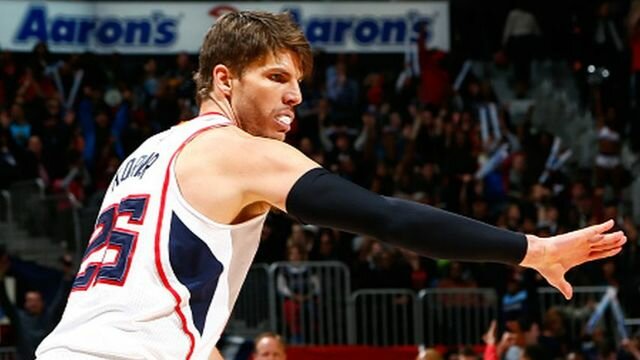
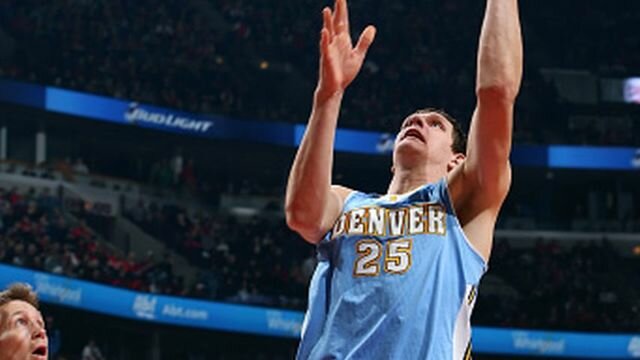
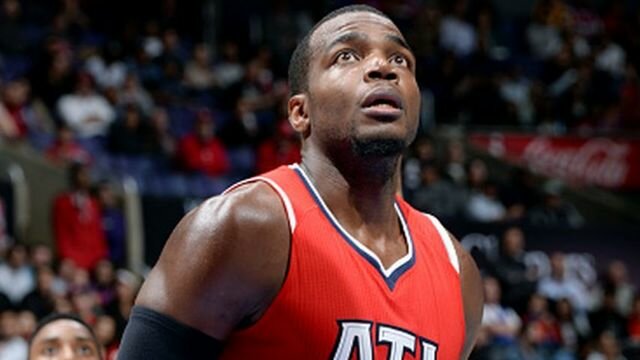
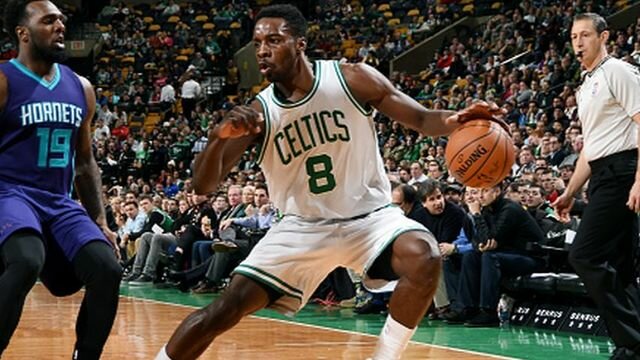
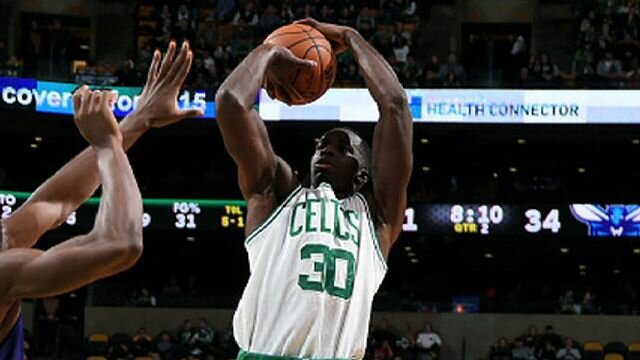
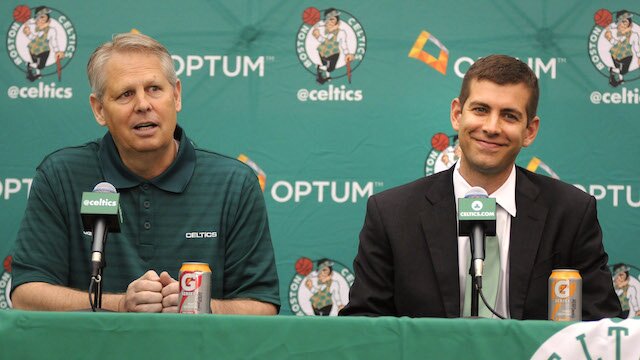
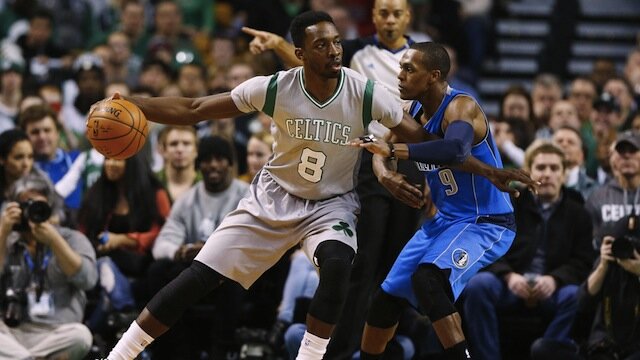
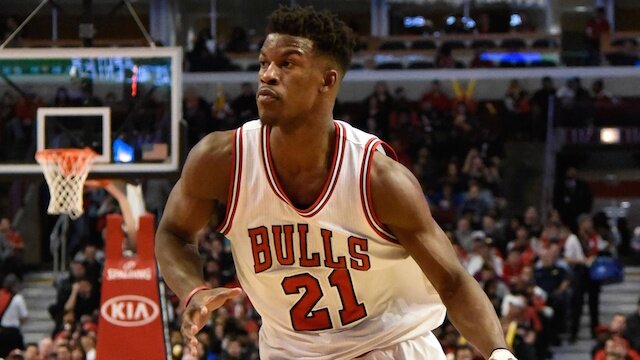
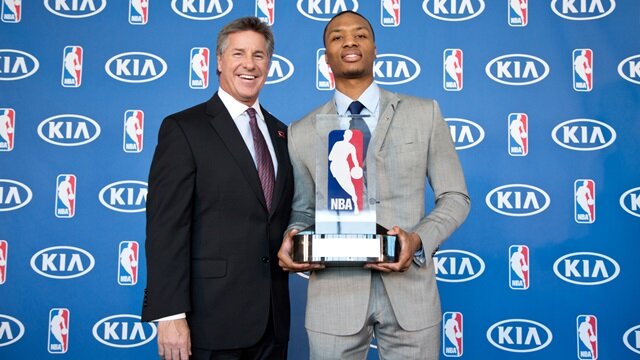
 @courtzierk
@courtzierk 





